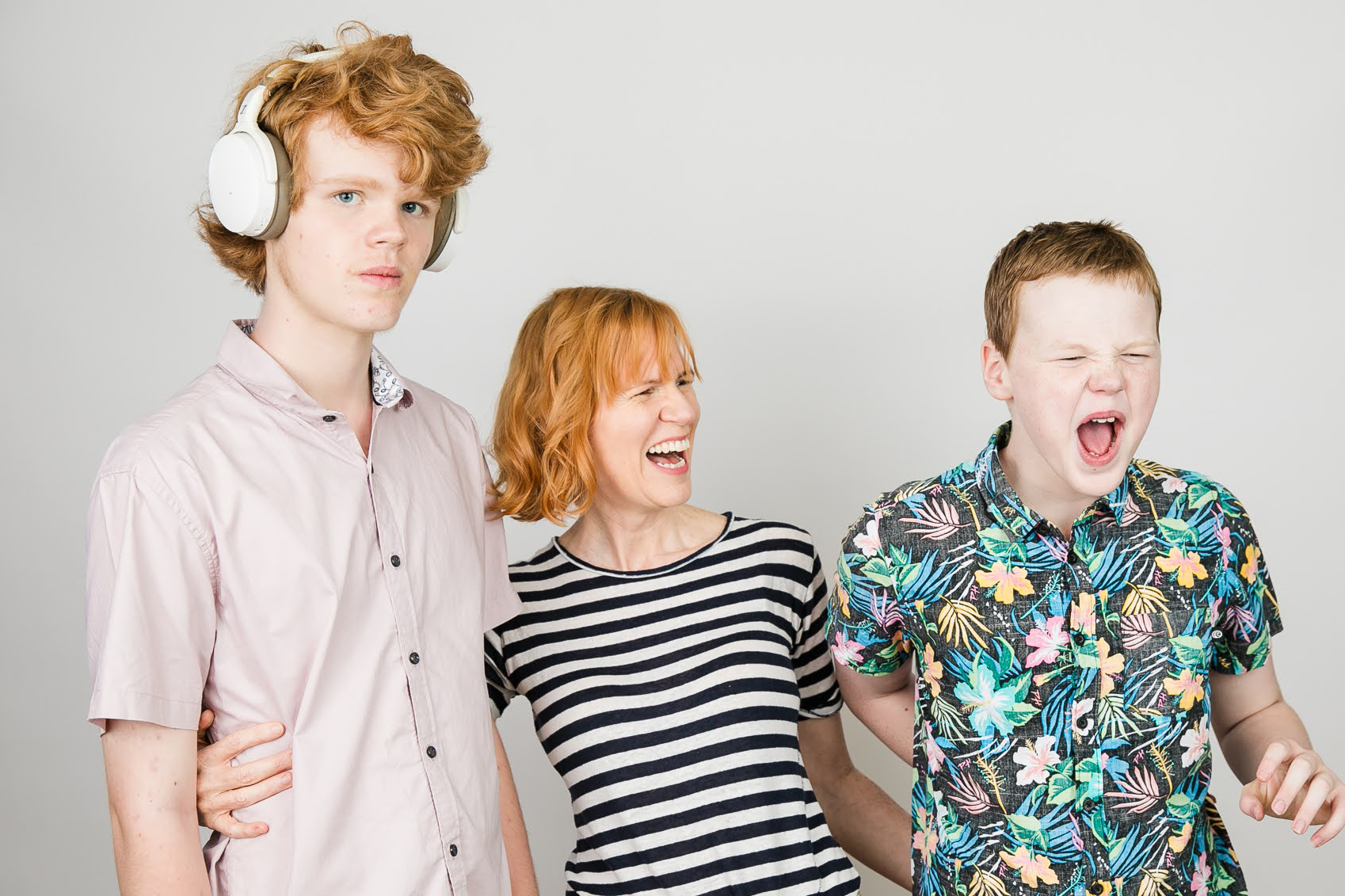Returning to swimming lessons

School’s back!
After an extended break we hope you are settling back into school drop offs and extracurricular activities. Swimming lessons often follow school terms, so unless you’ve attended intensives over the school holidays, many people might be returning to the pool for the first time this year. Many children and families rate swimming lessons as their favourite form of physical activity, but there can also be challenges following an extended break from the pool. Here are some important considerations for when planning your child’s return to swimming lessons this term:
Routines and expectations
Just like a return to the classroom, it is common for children to forget important routines and expectations related to swimming lessons after a break. You can prepare your child for success in their swimming lessons by reminding them about routines and expectations at swimming lessons before you arrive at the pool. You could do this by:
Using a social story
A social story can help your child to prepare for their swimming lesson, and to know what to expect when they arrive. Important things to include in your social story include:
- Swimming instructor’s name (you might include a few names if this is likely to change)
- Swimming instructor’s picture (if this is available)
- An idea of the routine when you arrive and leave swimming lessons
- Swimming pool expectations relevant to your child (i.e., we wear goggles in the pool, we wear our bathing suit, we wait patiently for the swimming instructor before entering the pool).
Click here to download a social story template to get started!
Re-introducing the pool and swimming instructor
Reintroducing your child to the aquatic environment prior to their first lesson will help them to prepare for the sensory experiences, as well as provide an opportunity to reintroduce water safety routines and behaviours outside of a swimming lesson. This might be as simple as driving past the pool or may be walking in to say “hello” to their swimming instructor. This can help to remind the swimmers what their provider looks like, as well as the environment in which the swimming lesson take place. Additionally, this provides an opportunity to reconnect with your child’s instructor and promote open communication for the term ahead.
If you use a visual schedule for daily activities, make sure to include swimming lessons in your schedule! You might even have your child help you to pack a bag for swimming so they start to remember elements of the lesson (e.g., wearing their bathing suit/goggles/flippers/etc).
Positive Pool Rules
Encourage your swimming instructor to re-introduce pool expectations to set up a successful first lesson. We encourage swim schools to utilise Positive Pool Rules which focus on what we want the child to do in their lessons. Some examples of Positive Pool Rules include:
- We walk around the pool
- We wait for our instructor
- We wear goggles in the pool
- We ask for a break when we need it
- We have fun at swimming!
Readers of Autism Awareness Australia can reach out to Jess at clinicalteam@autismswim.com.au for a FREE Positive Pool Rules Poster!
Sensory experiences
Over the school holidays, many children spend less time in sensory rich environments, such as the pool! Returning to swimming lessons can often be an overwhelming experience for children who are sensitive or avoid sensory input. There are many ways you can help your child to prepare for the sensory rich environment of a swimming pool. Try to arrive at your lesson early so that your child has time to familiarise with the pool and to try some of the below strategies.
- Bright lights: many pools often have fluorescent lighting to ensure visibility in all areas of the pool. If your child is often sensitive to bright lights you might consider encouraging them to wear sunglasses as they enter the pool area. It can be easier to adjust to the lights after your child has familiarised with other sensory experiences in the pool area, so they will likely be more comfortable taking off their glasses after calmly entering and getting ready for their lesson.
- Strong smells and tastes: help your child to cope with strong smells and tastes such as chlorine in the pool by providing them with a preferred smell (i.e., a scented toy or drink) on arrival to the pool. If your child seeks oral motor input (i.e., they like to drink pool water or chew), consider preparing a chewy or crunchy snack before the lesson starts.
- Loud Sounds: many swim schools can offer quiet-times for their participants. This would involve reducing sounds such as lifeguard whistles, number of children in the pool, and unplugging hand dryers for certain periods of the day. Discuss this option with your swim school or reach out and we can start a conversation for you.
- Unpredictable touch: the water provides unpredictable touch sensations which can be uncomfortable for children who are sensitive to touch. Help your child to prepare for these experiences with a calming swim vest.
- Unpredictable movement: gravitational insecurity is common for children with low muscle tone or difficulties with vestibular (balance and movement) or proprioception (awareness of body in space). Often after a break from the pool, children with gravitational insecurity are fearful of lifting their feet from the floor for swimming. You can help your child to prepare before their lesson with some heavy work (i.e.,pushing/pulling/lifting objects in/out of the car) or vestibular (swings or spins on a floating mat) before their lesson.
Awareness and understanding in your swim school
Whilst there are many ways you as a parent can help your child to prepare for a great first swimming lesson, the knowledge, understanding and skills of their swimming instructor plays a critical role in how much your child enjoys and is safe in their program. You can help your child’s instructor to prepare for a successful return to the pool through open communication and encouraging a solutions-focused approach to any difficulties that arise.
Communicate changes or experiences in the break
- Have you noticed any new habits or behaviours of concern? (e.g., self-injurious behaviours, aggression, wandering)
- Are there any supports or adaptations which would help your child to have a smoother transition back to the water? (e.g.,a social story to assist with readiness, quiet times in the pool, a specific game or toy).
- Does your child have any new/pre-existing injuries or medical procedures which may impact participation in swimming lessons?
- How would you rate your child’s anxiety levels over the past months? (0 = none at all; 10 = significant)
Fundamental questions such as these provide your child’s instructor with updated information about what your child needs. Your instructor may have a specific return to pool sessions questionnaire, if not as a parent you can always relay key information about your swimmer in another context such as an email or video call. You can keep it really simple such as updating your provider with the participants new special interests and suggesting using the participant’s favourite activity as a reward during the session.
Manage expectations
Returning to the pool can be really exciting, and really challenging all at once! Supporting your child and their instructor to be comfortable in the water is the main goal of your return to swimming lessons. It is possible that they might have forgotten some of the skills they developed before the break, this is ok! We know that with practice, old skills will return and new skills will develop.
Being positive and encouraging your child’s progress will help them to continue to develop positive and safe behaviours in the pool. Some ways to manage expectations in your program might include:
- Let your child and their instructor know that you are comfortable with a shorter session if they need a break.
- Encourage your child and their instructor to engage in a playful first program, while your child re-familiarises with the sensory rich experiences of the water.
- Encourage your child to have fun, and to follow the rules so that they stay safe and can enjoy their return to the pool!
Click here to find an Autism Swim Approved Provider in your area
Can’t find one? Reach out to us at clinicalteam@autismswim.com.au and we can help!






